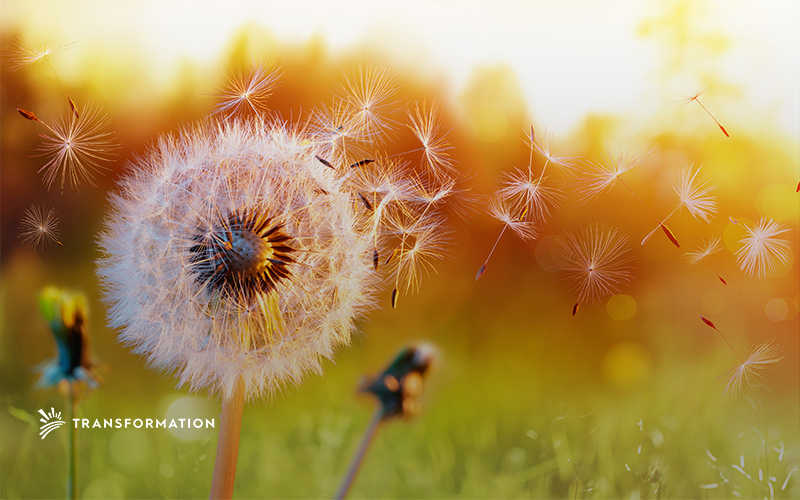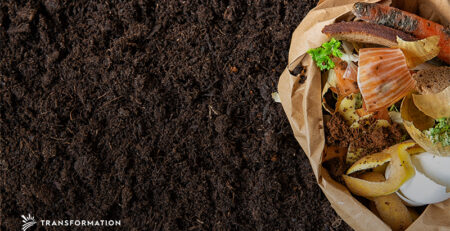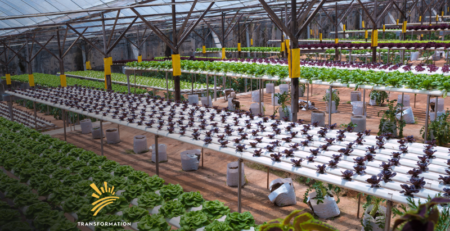Where the Rubber Meets the Rose…or Rather the Dandelion
There is a new player in the constant search for ways to produce natural rubber with more sustainable methods and resources. Before we get into just what that it, let’s look at some facts about the ubiquitous and tremendously helpful substance.
There are a couple of types of rubber produced today: natural rubber and synthetic rubber. According to Brittanica.com, natural rubber is still obtained almost exclusively from the rubber tree (Hevea brasiliensis). These trees grow primarily in South America, or what is called the “rubber belt” around the equator. Global demand across many industries translates into real challenges given the relatively small area in which these trees grow, and the resources needed to cultivate them. There is also synthetic rubber derived from petroleum and natural gas. The synthetic product requires the use of finite products and processing that the Environmental Protection Agency reports produces waste in all three areas (gaseous, solid and liquid).
If we look at just one industry that is dependent on rubber production, and specifically natural rubber production, it must be the automotive industry. The challenge of producing the sheer volume of rubber needed just for standard car tires is daunting. Trying to find a solution that is not only efficient, but ecologically, economically, and socially viable is downright overwhelming.
For instance, automotive tires are made almost exclusively from natural rubber because of the physical attributes of the product. The natural growth cycle of a rubber tree can be approximately 7 years. Market demand is outpacing production capabilities based on the small percentage of land that is viable and the time it takes to produce and tap the building block, latex, from the trees.
Enter the new hope and an opportunity for impact investing, the humble dandelion. A team of people at Continental Tire have developed a specific dandelion to be harvested as a source of natural rubber. Their trademarked product is called Taraxagum™ and from initial testing, looks to perform equivalently to natural rubber. Imagine what that might mean ecologically. The dandelion can be planted, grown, and harvested almost anywhere in the world. It takes far less time to grow and far less water and soil to maintain. Economically, this would have a positive impact as well.
But Continental is far from clearing all the hurdles to bring this product fully to market. Challenges with synchronizing planting and harvesting, investigating any impact to non-native soil, etc. mean this exciting development has a way to go before we see it utilized to the fullest. Also, production volumes are in question. Continental was recently able to extract several thousand pounds of dandelion rubber from a small lab to build enough of the Taraxagum™ tires for initial introduction and testing.
If long-term performance remains apace with natural rubber, Continental Tires may have discovered a solution for the ever-increasing demand that will create not just a robust supply chain, but one with more sustainability at its center.
Next time you see a humble “weed,” think of the Dandelion and the hidden potential inside the small but potentially industry-changing plant.




Leave a Reply